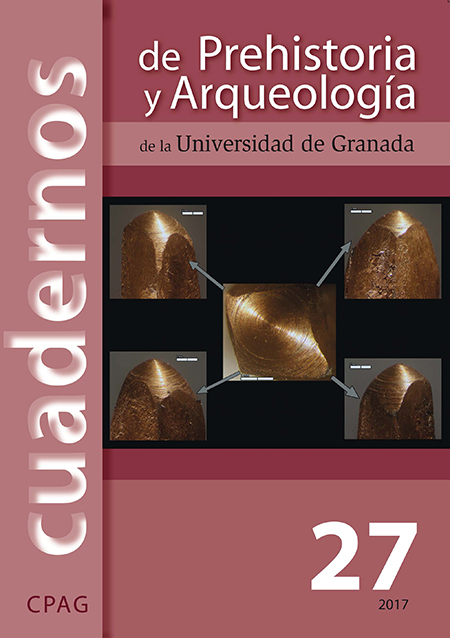MULTI-ASPECT ANALYSIS OF NEOLITHIC BONE TOOLS FROM KOPYDŁOWO, SITE 6, POLAND
Contenu de l'article principal
Résumé
The paper presents the results of osteological, typological, and microwear analyses of Neolithic bone tools recovered from Kopydłowo, site 6 (Greater Poland Province, Poland). The site is known for a pit with a number of bovine horn cores, a presumable refuse from Neolithic horn working. A multi-aspect analysis revealed the kinds of raw materials used for the production of bone tools and provided insights into how the specimens were worked and used. Twenty-nine out of 36 tools were identified to taxon. All artefacts were made from mammal bones, mostly cattle, sheep/goat, red deer, and pig. Awls and perforators, used to work with a soft organic material, were the most common tool types at the site. Some scrapers and polishers for hide working, as well as spatulae, a T-shaped axe, a chisel, a pendant, and pieces of raw material were also found. The presence of two tools made from wild mammals’ bones may possibly contribute to the discussion on contacts between farmers and hunter-gatherers in the Neolithic.



